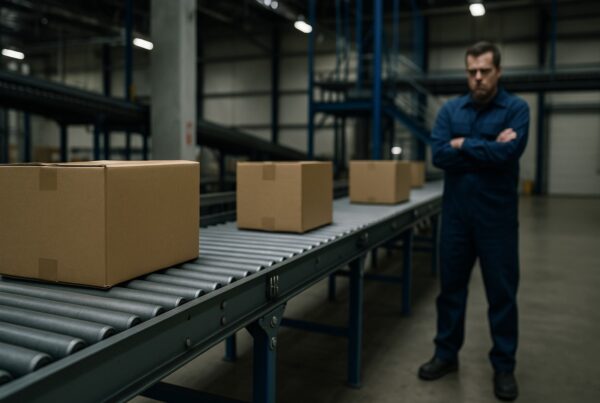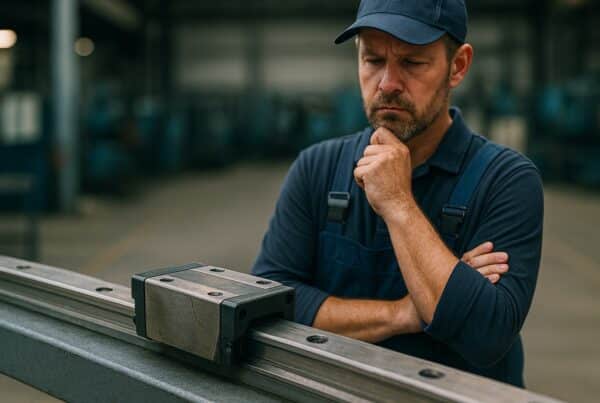Like most companies, industrial companies strive to minimize the cost of their systems and plants. Thus, one of the most important measures that a manufacturer can take is to take into account the total cost of ownership (TCO) of its components.
In this article, Allen Dowers, vice president of sales and application technology at The Barden Corporation, explains how this calculation guarantees the most economical operation possible and the avoidance of hidden costs.
TCO is a well-founded calculation that is more significant than ever in today’s economic climate. This accounting method determines the total value of a part or solution by comparing its initial acquisition cost with general operating and life cycle costs.
At first glance, a lower value solution may seem more attractive, but it can give a false sense of economy as it may require more frequent maintenance and these associated costs can add up quickly. On the other hand, higher value components are likely to be of better quality, more reliable, and therefore have lower operating costs, resulting in lower overall TCO.
The TCO can be strongly influenced by the design of the assembly of the component, even if this component represents only a small part of the total cost of the machine or system. One element that can have a significant positive effect on TCO is the bearing. Today’s high-tech bearings offer a number of advanced features that allow you to reduce TCO. Providing benefits to both manufacturers and end users – despite the overall higher bearing price.
Life-cycle costs include initial purchase price, installation, energy, operating, maintenance (routine and planned), shutdown, environmental, and disposal costs. Taking all this into account, on the other hand, contributes greatly to reducing TCO.
Learn how to further reduce your TCO from the bearing-news.com article by clicking HERE!
Or visit our webshop for precision bearings!



